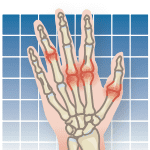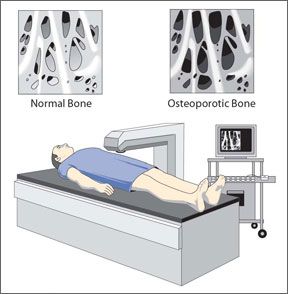More than 10 million people in the U.S. have osteoporosis, an erosion of bone mass that comes with aging. More alarming is the fact that one out of every two women and one in every four men older than 50 will at some point have an osteoporosis-related fracture, according to the National Institute of Arthritis and Musculoskeletal and Skin Diseases. The good news: If you undergo a test called dual-energy X-ray absorptiometry (DEXA), you have an excellent chance of diagnosing, treating, and even preventing osteoporosis. Chad Deal, MD, head of the Center for Osteoporosis and Metabolic Bone Disease at Cleveland Clinic, says DEXA remains the "gold standard" tool for properly diagnosing osteoporosis, and patients should opt to pay for the procedure even if Medicare does not. "Bone-density screening can reduce fractures. By not identifying patients with osteoporosis through bone-density screening, its going to cost a lot more down the road," says Dr. Deal.
To continue reading this article or issue you must be a paid subscriber.
Sign in






























